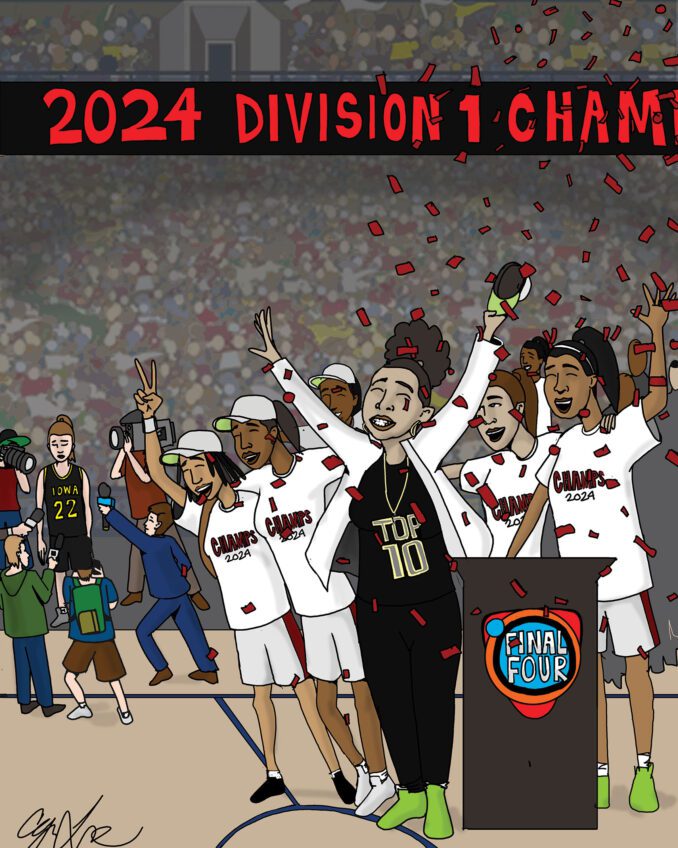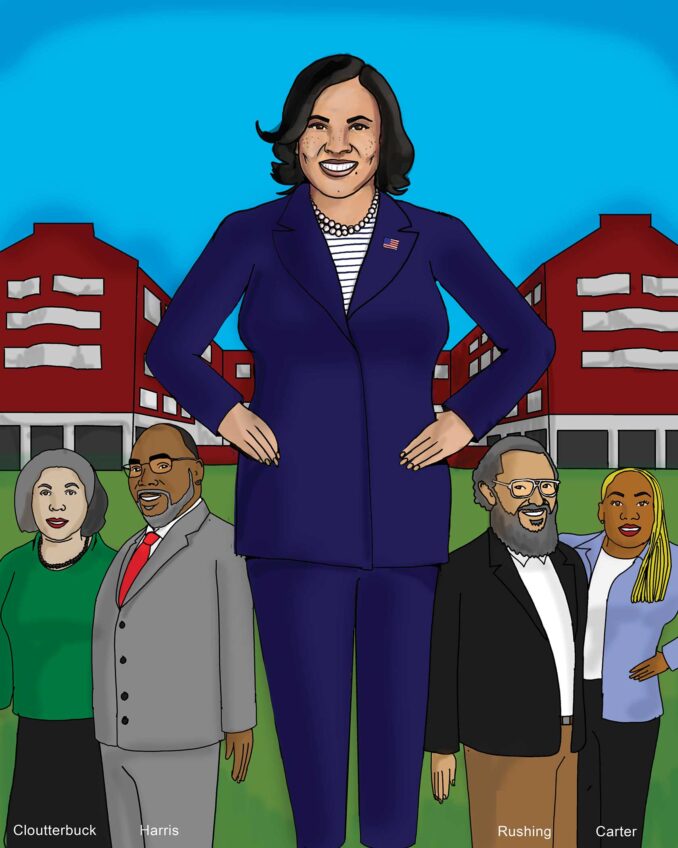
The publication of a photo purporting to be Virginia’s new governor in a compromising guise launched a national outcry. The picture from the Eastern Virginia Medical School’s 1984 yearbook showed two men, one in blackface and the other in a Ku Klux Klan outfit. It was asserted that Ralph S. Northam was one of the men.
While there is some controversy about the source of the photo and the identity of the two men, Northam has accepted responsibility and is joined in battle to retain his position as governor. Residents of Virginia are equally split on whether he should step down.
The argument against Northam retaining his seat is that the incident occurred in 1984, long after Americans had been sensitized to the nation’s racism. Northam should have known better. However, blacks in Virginia who know Northam the best insist that he was always friendly to blacks and insisted on their equal treatment, even from his youthful days.
A poll by the Washington Post indicates that 58 percent of Virginia’s African Americans do not want Northam to resign, and 46 percent of whites take the same position. Since Northam is a Democrat, it is not surprising that 56 percent of Republicans would like to see him step down, compared to only 40 percent of Democrats.
Virginia and other states of the Confederacy have always had substantial populations of African Americans, so it is no surprise that whites in the South might be involved in blackface events. However, it is a mystery how this motif has travelled north where the number of black residents is less prominent.
Last November there was a protest in Poly Prep Country Day School in Brooklyn, N.Y. over a student posting an old blackface video on the school’s private website for students. Poly Prep is an elite private school attended primarily by students from wealthy, white families. According to the New York Times report, two white girls prepared the six-second blackface video about two and a half years ago, in which they gesticulated like apes.
There are 1,083 students at Poly Prep with 39 percent identified as “people of color.” As might be expected, that group protested the video. However, the students performing in the video denied any racist intent.
Even further north, a blackface performance had been a longstanding tradition at the University of Vermont Winter Carnival. Back in 1893, the Kake Walk was an annual minstrel contest of fraternity members performing in blackface and satin tuxedos. Back then the black population of Vermont was negligible. Even now 96 percent of the state’s residents are white.
UVM’s Winter Carnival included ice sculpture, fraternity skits, musical performances and the Kake Walk, until the Civil Rights Movement in the rest of the country forced Vermonters to consider whether the Kake Walk was demeaning to blacks and should be eliminated. Some fraternities tried to end the racial aspect by painting contestants with the colors of their fraternities.
UVM President Lyman Rowell ended the Kake Walk in 1969. He stated, “No social practice should be permitted to breed intolerance.” That still does not answer the question, “Why do whites want to imitate blacks?” An easy answer is that they want to ridicule blacks, but is that what was on Vermonters’ minds?
A black student at UVM in the 1950s stated “Everybody wants to be black, but nobody really wants to be black.” He saw the Kake Walk as an effort to appropriate elements of black culture. Perhaps a better understanding of the ubiquity of blackface would help to resolve elements of the nation’s racial problem.






